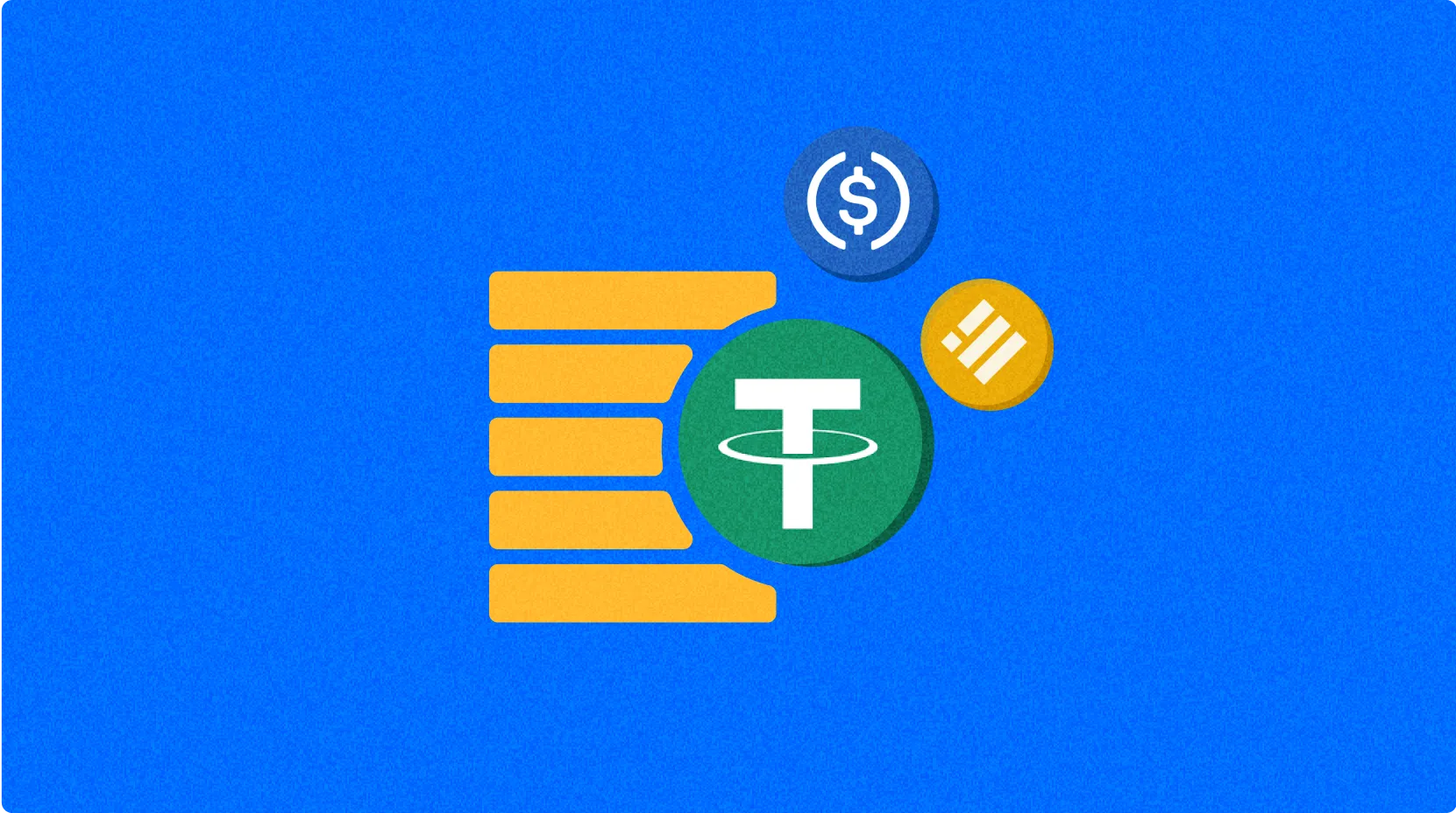network states

Network States is an innovative concept of social organization proposed by Balaji Srinivasan in his book "The Network State", describing communities organized through the internet that eventually gain some form of sovereign recognition. This organization transcends traditional national boundaries, building new social structures through blockchain technology, cryptocurrencies, and decentralized governance mechanisms. The core of Network States lies in connecting people with shared values and goals through digital networks, creating a new form of nation that has both virtual presence and physical entities.
Background
The Network State concept originated from blockchain and cryptocurrency communities' reflection on existing national governance models. Balaji Srinivasan systematically proposed and refined this idea during 2021-2022, against the following backdrop:
- Traditional nation-states facing governance challenges brought by globalization and digitalization
- Blockchain technology and cryptocurrencies providing the technical foundation for decentralized organizations
- The rise of remote work and digital nomad culture making geographical limitations less important
- Social trust mechanisms shifting from centralized authorities to algorithmic consensus and community governance
The proposal of Network States represents a bold vision for future social organization forms, related to Crypto Anarchism but more focused on practicality and feasibility, seeking to coexist with the existing world order rather than completely opposing it.
Work Mechanism
The construction and operation of Network States follow specific mechanisms:
- Starting as an online community gathered by shared values, typically with a clear founding vision
- Establishing economic systems through cryptocurrencies and tokenomics to incentivize community participation and contribution
- Implementing transparent governance using blockchain technology, including voting, resource allocation, and rule-making
- Gradually acquiring physical space, combining online communities with real geographical locations
- Seeking some form of sovereign recognition through diplomatic means and reciprocal agreements
Network States typically adopt the form of Decentralized Autonomous Organizations (DAOs) for management, where members gain voting rights and resource-sharing rights by holding specific tokens. This model transforms the traditional concept of national boundaries from geographical locations to shared values and digital identity recognition.
What are the risks and challenges of Network States?
While the Network State concept has promising prospects, it faces numerous practical challenges:
- Legal and regulatory obstacles: The existing international legal system does not recognize the sovereign status of purely digital communities
- Technological limitations: Blockchain scaling issues and immature governance mechanisms may lead to inefficient operation of Network States
- Economic sustainability: Excessive dependence on volatile crypto assets may bring financial risks
- Social division concerns: May exacerbate social stratification, creating new forms of "digital aristocracy"
- Identity and belonging: How to balance virtual identity with the need for belonging in real life
- Security risks: Digital governance systems face threats from hacking attacks and security vulnerabilities
Additionally, handling the relationship between Network States and traditional nations is a major challenge, requiring new collaborative models in sovereignty, taxation, civil rights, and other aspects.
Network States represent a rethinking and exploration of traditional national models in the internet age. It integrates blockchain technology, cryptoeconomics, and community self-governance concepts, providing entirely new possibilities for human social organization. Despite facing many challenges, Network States as an experimental form of social organization is attracting increasing attention and practical attempts. Regardless of whether it can eventually become a mainstream social form, this concept has profoundly influenced our thinking about the relationship between future society, governance, and technology.
Share
Related Articles

Blockchain Profitability & Issuance - Does It Matter?

Pi Coin Transaction Guide: How to Transfer to Gate.io
